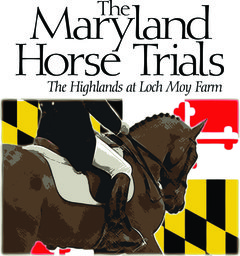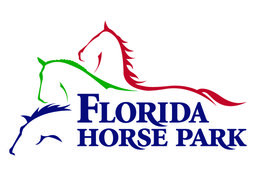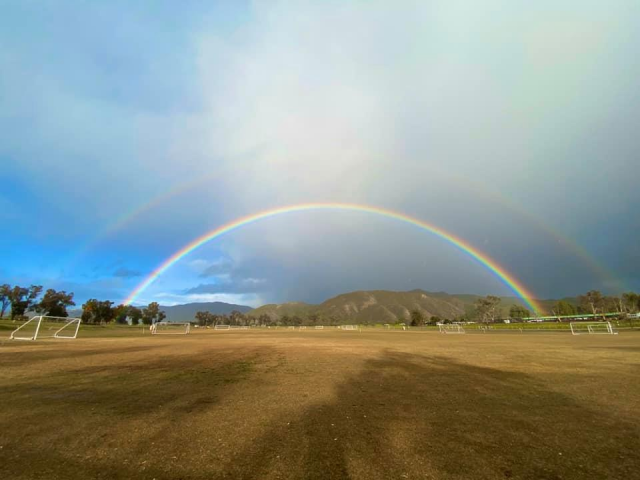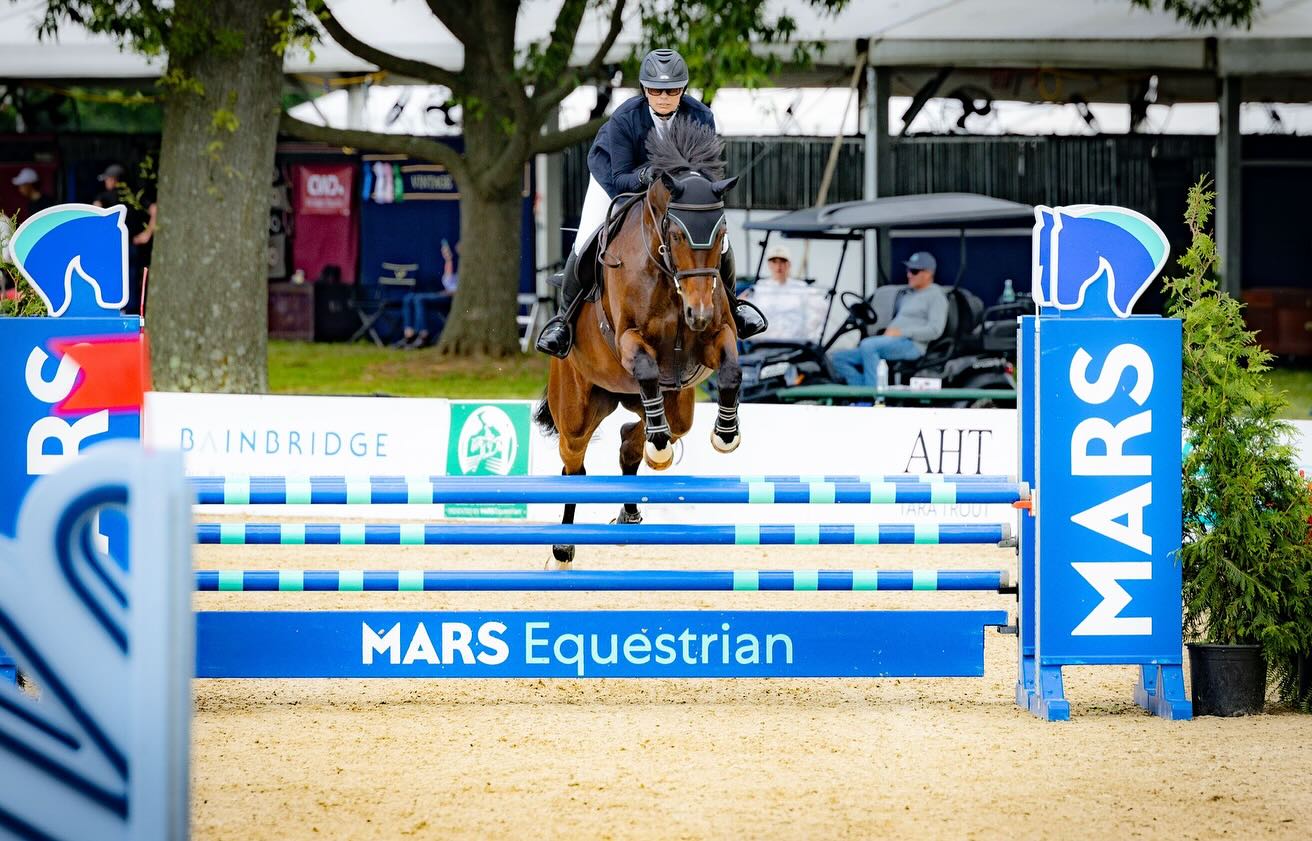Updated Thursday, March 18, at noon to reflect the withdrawal before dressage of our original #1-2 rankings: Liz Halliday Sharp/Deniro Z, who is out with an abscess, and Tamie Smith/Danito.
Carolina was the first casualty of the pandemic last year and while it came as quite a shock to the system, I don’t think anyone quite had grasped the extent to which our season, year, and lives would ultimately be turned upside-down. One thing I’m grateful for is the chance to get back to the steady churn of the spring season and by the number of entries in each show coming up over the next several weeks, so are all of the competitors.
As a venue, Carolina has made continuous improvements throughout its existence based on feedback from riders, volunteers, and other important parties. The eagerness to keep marching forward is one of the things that gives this venue its magic and makes them a perennial highlight on the spring calendar. This event has been a key prep for many leading up to Kentucky, and with Ian Stark entering his fifth year as a course designer, it’s a true test of what might be seen in the fall at the inaugural Maryland 5*.
At least one pair has made the time in the 4*-S division over the last five runnings, with two editions seeing more than 30% of competitors finish inside the time. Although time can be somewhat of a factor, it is not generally the deciding factor. Since 2015, the winner of this event has not only put in a sub 30 dressage score, but has also finished on that score in four of five times. Carolina is an event where you have to be on your A-game in all three phases to have any hope of a win.
The last two previous winning pairs of Doug Payne/Vandiver (2018) and Liz Halliday-Sharp/Fernhill By Night (2019) are back again to contest the 4*-S division. Will Coleman and Off the Record also won the Advanced Division in 2018 and are here to contest the 4*-S division as well.
DRESSAGE

Doug Payne and Starr Witness. Photo by Shannon Brinkman Photography.
Carolina features a plethora of horses gunning for a Tokyo slot, and that means we should see a number of pairs break the 70% mark.Starr Witness is a talented younger horse paired with an experienced rider, Doug Payne, whose average at the level is nearly as impressive at 25.9 penalties.
They won’t be alone near the top though. Liz Halliday-Sharp brings forth Fernhill By Night, who won this division the last time it was run in 2019, and has historically been Liz’s ticket to the top of the leaderboard on day one. He’s averaged 27.9 penalties over the last two years.
Hot on Liz’s heels is Doug Payne again, this time with his long-time partner and winner of the 2018 4*-S here, Vandiver. This is another horse who is maturing into top dressage scores, with a 2020 average of 25.4 that betters his two-year average of 28.1 by almost three points.
Covert Rights is a good bet to break the 70% mark as well, averaging a 29.6 over the last two years with Colleen Rutledge, while Off the Record and Will Coleman have the potential to throw a curveball into the mix after laying down a stellar 21.6 in their only 2020 start. A number of others have the potential to play at the top of the leaderboard this weekend as well but have lacked the consistency to expect it; however, keep an eye out for C’est La Vie 135, Wizzerd, Cooley On Show. And of course, one cannot forget the USEA record-breaking score of 15.0 by Carlchen and Phillip Dutton at Pine Top earlier this year. That pair is discussed in further detail below.
SHOW JUMPING

Liz Halliday-Sharp and Fernhill By Night. Photo by Shelby Allen.
Unsurprisingly, a number of excellent jumpers feature here. We might see some shifting at the top of the leaderboard; Vandiver is more like to incur a single rail than to jump clear, while Liz Halliday-Sharp and Fernhill By Night are likely to jump clean. Despite that, there’s a good chance they all maintain positions well within the top 10.
Covert Rights and Off the Record will split directions here, with Colleen Rutledge‘s horse likely to fall down in the rankings with at least a rail while Will Coleman‘s ride has only ever had a rail at one venue, Great Meadow. C’est La Vie 135 with Woods Baughman, Ophelia under Clayton Fredericks, and Cooley On Show ridden by Sharon White should all make strong appearances in this phase as well, allowing them to move up into the top 10 if they haven’t started there.
CROSS COUNTRY

Will Coleman and Off The Record. Photo by Shannon Brinkman Photography.
The horses contending for the top position will have some speed, because at the end of the day, Carolina is impossible to win without putting in the work in all three phases. Fernhill By Night and Off the Record are two horses that you can almost certainly expect to have brought their A-game across the board and that is likely to pay off in spades on Saturday. Fernhill By Night has truly become a specialist at the short format. Off the Record has had some bad luck with injuries, but if things go well this spring could be a top contender for Tokyo as well and his superior turn of foot will make up for any deficits he might have in the first phase.
Not the be left out of the Tokyo discussion, Vandiver and Doug Payne will also make quick work of the course; if this horse puts in a clear stadium round, which he is well capable of doing, the competition will be his to lose on Saturday based on his typical average pace. Speed sensations Colleen Rutledge and Covert Rights could also come roaring back if they limited the damage on Friday to one rail; Cooley On Show with Sharon White and Pfun under Will Faudree are also pairs to keep an eye on to make appearances in the top ten.
PREDICTIONS:
WINNER

Liz Halliday-Sharp and Fernhill By Night. Photo by Jenni Autry.
In continuing with her streak of 4*-S wins, Liz Halliday-Sharp will win her second consecutive Carolina International with Fernhill By Night.
NEW TO EACH OTHER

Phillip Dutton and Carlchen. Photo by Shelby Allen.
Generally this section is reserved for horses or riders new to the level, but neither Carlchen nor Phillip Dutton fits that profile. While Phillip needs no introduction, our U.S. readers may not realize that Carlchen has had extensive experience at the 4* level on two continents and under three previous riders. He began his career with Stuart Tinney in Australia in 2015 before making the move to Europe to be campaigned by Francis Whittington. In 2018 Michelle Kenny of Ireland obtained the ride before being purchased for Phillip to ride at the end of that year. Injuries have waylaid their debut at the level until now, but Carlchen has talent written all over his record. With a career average of 29.6 in dressage, clear rounds in 11 of 15 stadium rounds with never more than a single rail, and primarily clear cross-country rounds, the main thing left for Phillip to try improve upon is the horse’s pace across the country.
These two finally made their first Advanced start as a pair at Pine Top in February, turning heads all over the world when they laid down a record-breaking 15.0 on the flat. With a bit of generosity apparent in the scoring on that day, they are unlikely to do that again today but will no doubt be right up in the mix from day one. It will be the pace that limits this horse this weekend; the biggest question will be what pace Phillip decides to push for, and if he can improve upon the effort of previous riders.
FASTEST CROSS-COUNTRY ROUNDS

Will Coleman and Off the Record. Photo by Tilly Berendt.
Will Coleman‘s ride Off the Record has an extremely strong reputation for speed; in eight clear rounds at the 4* level, he has made the time on four occasions. When the time was unattainable in the other four clear completions, this pair was less than 4 seconds off the fastest pace in three of them, and has never been slower than eleven seconds off the pace.
EXTENDING CLEAR JUMPING STREAKS

Will Coleman and Tight Lines. Photo by Erin Gilmore Photography.
While Off the Record maybe getting more attention this weekend, his stablemate Tight Lines is the one to beat in the stadium phase. Will Coleman‘s WEG mount has not had a rail at an Advanced or 4*-S since the fall of 2017 and has posted eight consecutive fault-free A/4*-S rounds.
BIGGEST MOVER

Tim Bourke and Quality Time. Photo by Shelby Allen.
Tim Bourke and his quality mare Quality Time are the pair to watch rise up the ranks this weekend; while too young to have the maturity to put in a strong test yet, this talented horse is very strong in the jumping phases.
OTHER DIVISIONS
- Holly Payne-Caravella returns to the saddle with her famous Never OutFoxed alongside her promising up-and-comer CharmKing in the OI.
- Based in the UK with William Fox-Pitt for the last two years, American Lexi Scovil and Chico’s Man VDF Z make their first 4* start in North America.
Dressage takes place today with stadium tomorrow and cross-country on Saturday. Keep your eyes locked here for all of our coverage!
Carolina International: Website, Entry Status, Schedule, Ride Times, Live Scores, Live Streaming















































